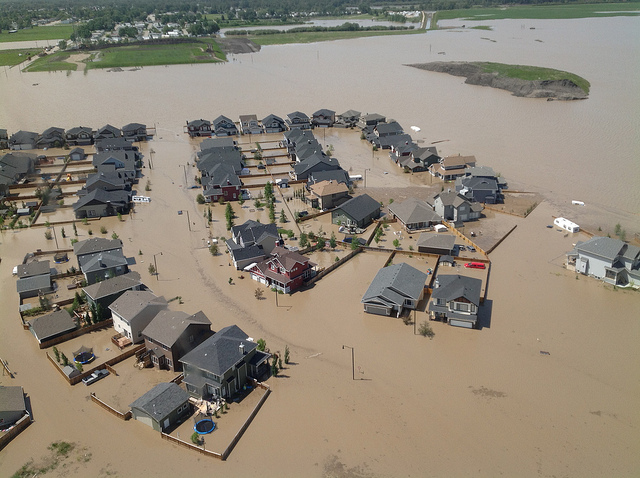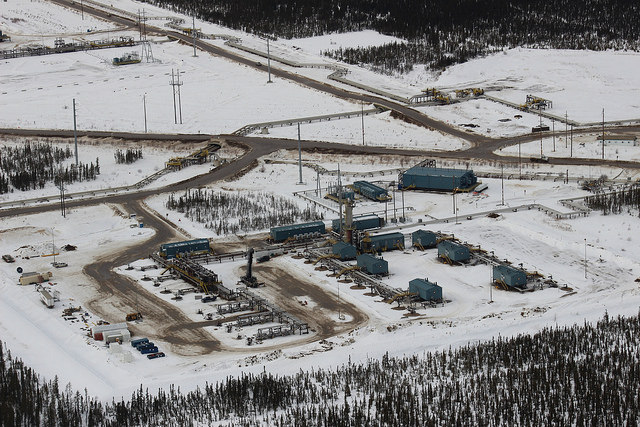 By Edwin Piñero
By Edwin Piñero
It’s easy to get lost in the lofty language of the recent COP21 climate agreement discussions and texts; but what does it mean for us practically? There’s justifiable frustration and skepticism that once again, this grand meeting will not produce substantive results. But the real variable of consequence is what happens after the COP21 meetings—what can and will actually be done to reduce greenhouse gas (GHG) emissions?
Even if money is available and monitoring, reporting, and verifications protocols are all worked out, nothing can be accomplished unless actual practices are put in place that result in lowered GHG emissions. I contend there are at least two game changers to realize these results.
One is making the business case for implementing practices and technologies that lead to lower emissions. Well-defined practices and applicable technologies still need a compelling business case as government mandates will only go but so far. To truly catalyze action in all sectors, a strong business case is necessary to mobilize capital and prompt “voluntary” (rather than government forced) actions.
The other game changer is the distinction between mitigation and adaptation strategies. The Earth’s history tells us the climate changes as a natural process. While human-induced climate change may be a variable, it’s foolhardy to think that controlling GHG emissions to a specific level from society (fossil fuel use, industrial processes, and so on) will eliminate all risks.
Therefore, we need to think about mitigating GHG emissions, and we must also think about adaptation strategies to inevitable climate changes. In a way the business case and adaptation points are related, as being adaptable and mitigating risks is part of survival and, even with ambitious announcements by world leaders, no business can rest on their laurels when it comes to dealing with the future.
The need for a business case
A sticking point at COP21 about where to source funds to help some countries meet goals is a telltale sign, notwithstanding the moral and noble intent, that without a business case it’s a hard sell. Veolia supports a carbon tax, or some type of fee, for carbon emissions because we can provide a business driver for action, especially from the private sector. As with any raw material or waste stream, knowing the cost and financial value allows the business case to be made for optimal and sustainable actions. Industry and public sector entities, and nearly all citizens in one way or another, pay to buy materials and dispose of solid and waste water. Why not have to pay for carbon emissions as part of this system?
If the argument is that GHGs impact the environment, and therefore need to be at least managed and ideally reduced, then a cost of carbon would recognize the implications of these impacts, as well as provide a foundation for business cases.
Adaptation versus mitigation strategies
Much has been said about actions to reduce GHG emissions so resulting climate change is not as severe or frequent. But at the city, company, site, and organizational levels, actions are needed, not only to reduce emissions but to also ensure cities, companies etc. are protected from inevitable climate related impacts. Yes, the climate is changing, and regardless of where you stand on GHG reduction commitments you need to plan for change. For example, Veolia operates energy and water infrastructure. Floods, severe storms, droughts, and rising sea levels can all impact our infrastructure, so we need to plan for such weather events.
 |
| “IMG_0315” by Town of High River is licenced under CC BY 2.0 |
As an organization we see our role as implementing technologies and practices that help reduce GHG emissions in a sustainable manner. This means implementation in a way that makes sense in terms of the environment, our society and quality of life, and our economies. We also develop methodologies and tools that help assess the impacts and risks of climate change and monetize those risks. With this information, an organization, public or private, can more easily compare the cost of not doing anything versus taking action.
How are these business case and adaptation issues relevant to Alberta?
Firstly, Alberta’s economy depends on both the energy sector and agriculture. Ironically, these are two sectors closely tied to climate change: the energy sector because of the issue of fossil fuel contributions to GHG emissions reductions, and agriculture because of the impact from climate change and how that affects food security.
For agriculture it’s more complex than we may think. Yes, climate related impacts such as drought and flooding affect crops and livestock, and therefore food security. But agriculture accounts for 70% of freshwater use and it takes energy to manage water. So providing this significant water supply to agriculture, and to account for other water use demands, will take energy. We also know energy production and use emits GHGs. For changes in agriculture to adapt to climate changes, we need to also consider the corresponding energy footprint and what that means for GHG. For example, pumping irrigation water longer distances to account for drought, or needing to desalinate water, will mean more energy demand. Practices and technologies that can do this more efficiently, or with alternative methods that result in lower GHG, will be paramount. More drought risk adaptation, such as reused water for irrigation, will be a must.
 |
| “Suncor Firebag” by jasonwoodhead23 is licenced under CC BY 2.0 |
For the energy sector in Alberta, the ability to produce oil with a lower carbon footprint is necessary. The pending carbon caps and tax proposed for the province will help form the business case for more efficient production. It’s interesting that the greatest GHG impact of oil sands production comes from steam generation (done mainly using natural gas). More efficient steam generation and alternative energy sources will help the oil sands sector keep production as economical as possible. With low oil prices, any savings, such as not paying a high carbon tax, will go a long way. The oil sand sector has to also consider adaptation strategies. With receding glaciers and reduced river base flows, a steady water supply could be at risk. Adaptation strategies such as water reuse may be a key solution.
The reality is fossil fuels will remain a notable component of the energy mix, not only in Alberta, but also across Canada and the entire world for that matter. Strategies and practices that can sustainably produce these fossil fuels will continue to have a place going forward for some time.
So where are we now?
We’re in a similar place to where we were after previous COP meetings. Yes, agreements are important and national commitments are a necessity. However it all comes down to what will actually be done to mitigate GHG emissions, and how we adapt to inevitable climate change (and related impacts) that will occur even with lower GHG emissions from society.
While we have a single, global atmosphere, and while COP21 will attempt to achieve global scale commitments, in large the real results will be driven by national, city, company, and organizational level actions, supported by good business cases and adaptation strategies.
Edwin Piñero is Senior Vice President Sustainability and Public Affairs, Veolia North America.
